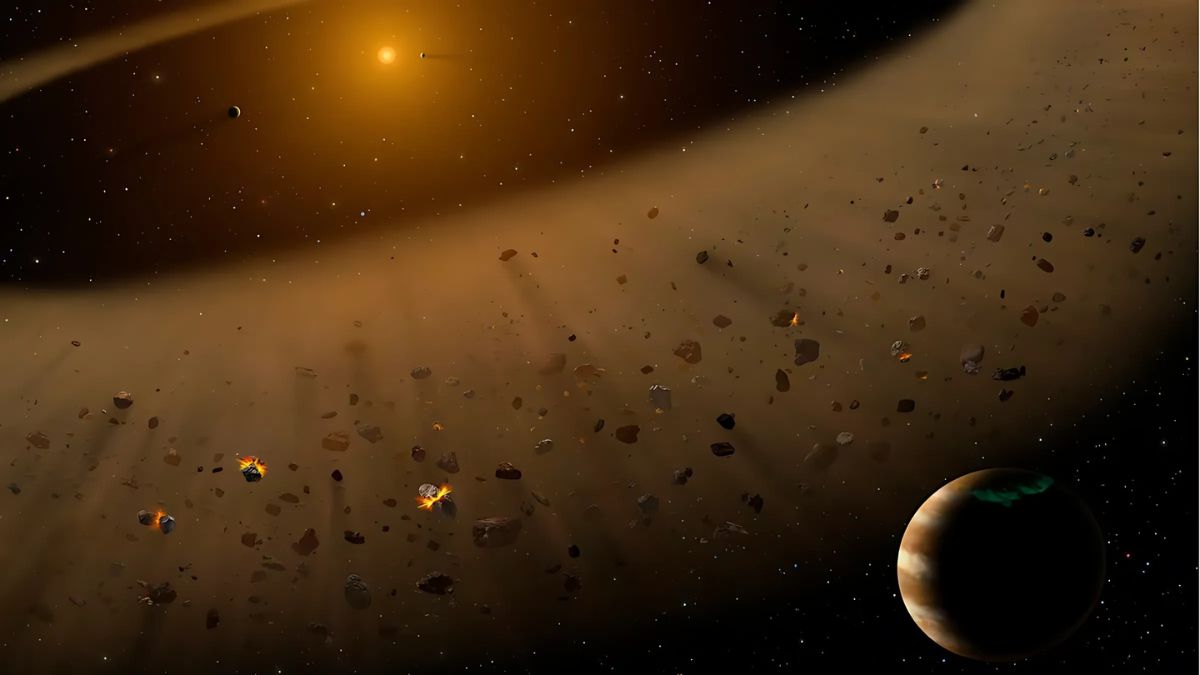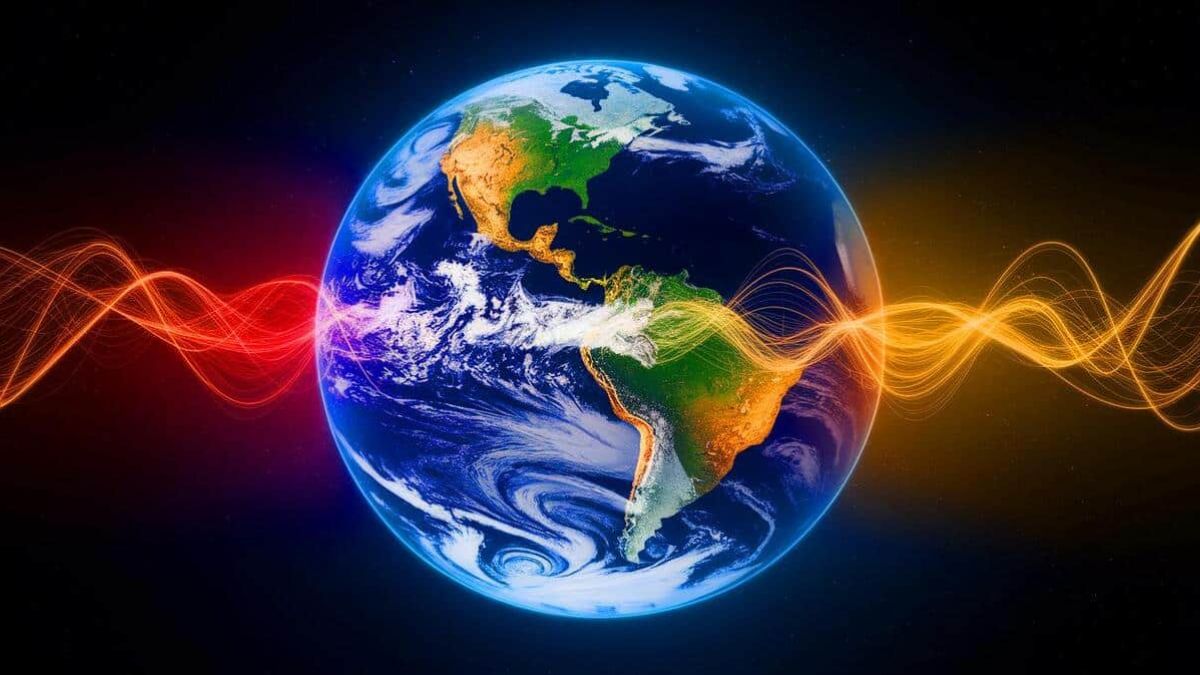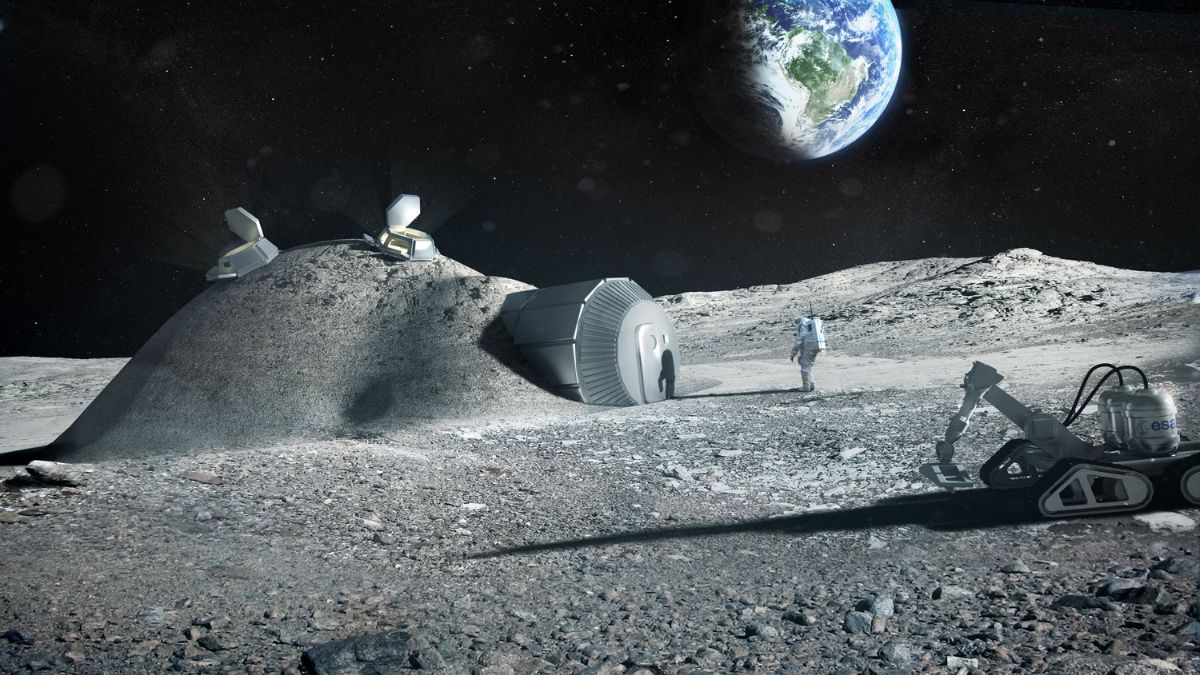For years, scientists have tried to piece together the puzzle of the universe, especially the parts we can’t see. Now, a new theory is quietly stirring up the world of astrophysics: what if the solution to the universe’s biggest mysteries isn’t a new particle, but a known object on a mind-bendingly small scale? This might sound like the plot of a sci-fi movie, but new simulations suggest something massive and invisible could be passing through our solar system every decade, leaving subtle gravitational fingerprints behind.
Mystery
Researchers noticed strange shifts in the orbits of planets and moons—tiny wobbles that don’t quite fit with current models. Could this be caused by something invisible slipping through space unnoticed?
Recent simulations suggest that once every 10 years, a dense and undetectable object may pass through the center of our solar system. It doesn’t emit light, it doesn’t reflect light, and it doesn’t crash into anything. But it tugs gently at the orbits of Mars, the Moon, and maybe even Earth. These micro-shifts are nearly impossible to notice without ultra-precise instruments—but they’re there.
Relics
Enter the idea of primordial black holes. These aren’t the terrifying, star-devouring monsters found at the centers of galaxies. Instead, imagine a black hole the size of an atom but with the mass of an asteroid. That’s what scientists are proposing.
These tiny giants may have formed just after the Big Bang, when the universe was a swirling mess of hot, dense energy. Conditions were perfect for birthing these gravitational anomalies. Since then, they’ve been drifting silently across the cosmos—ancient relics from the beginning of time.
Darkness
This theory becomes even more fascinating when we bring dark matter into the mix. Scientists estimate that around 85% of the matter in the universe is dark matter—something we can’t see or touch, but which we know exists due to its gravitational pull.
For decades, researchers searched for WIMPs (weakly interacting massive particles) as the main candidates for dark matter. But no one has found them. Now, attention is shifting. If primordial black holes are real—and there are enough of them—they could be the missing link that explains dark matter.
Since these atom-sized black holes only interact through gravity, it’s no surprise they’ve remained hidden. But their presence may be revealed through tiny gravitational tugs on planets or spacecraft as they quietly pass by.
Detection
Detecting these mini black holes won’t be easy. They’re small, don’t emit light, and don’t reflect anything. But the good news? They do leave a trail.
As one of these objects slips by a planet or a moon, it could slightly alter its orbit. We’re talking about changes so small, they can only be picked up by the most sensitive instruments. But those slight shifts could finally give us a way to track something invisible.
With improved technology and more precise space observations, we might soon be able to detect the passage of these objects. This opens the door not only to proving their existence but also to explaining the universe’s invisible mass.
Safety
Before you panic about black holes flying through the solar system, here’s the comforting part. Even if one of these atom-sized black holes passed directly through our solar system—or even our planet—the chances of it causing any real harm are almost nonexistent.
Because they’re so small, the odds of a direct hit on any object, let alone a planet, are astronomically low. And even if a collision did happen, the result would be more of a gravitational blip than a catastrophe.
If confirmed, these tiny black holes could be the most important discovery in modern cosmology—offering clues about the early universe and potentially solving the dark matter mystery that has baffled scientists for decades.
FAQs
What is a primordial black hole?
A tiny black hole from the early universe, atom-sized but dense.
Can it be seen with a telescope?
No, they don’t emit or reflect light.
Could it cause a disaster on Earth?
Unlikely, they’re too small to cause harm.
How often do they pass the solar system?
Simulations suggest about once every 10 years.
Could they explain dark matter?
Yes, they’re a strong candidate for dark matter.























